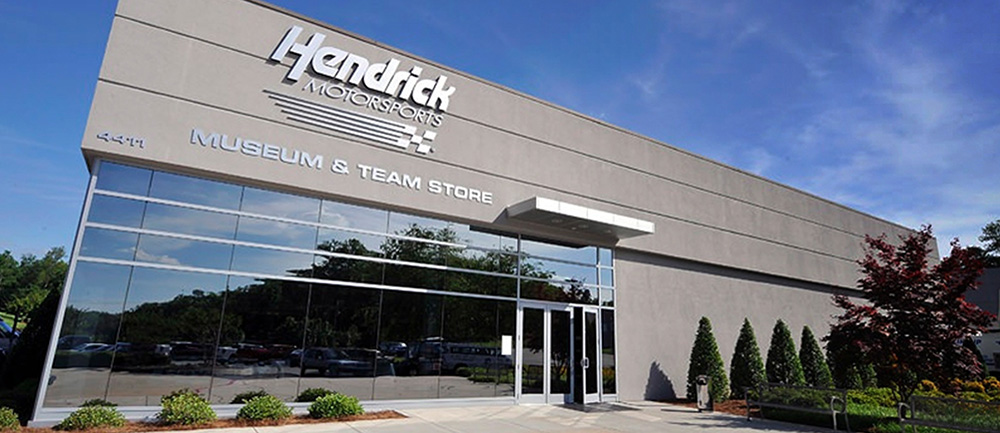CONCORD, N.C. - With news breaking on Wednesday that the NASCAR Cup Series will increase horsepower from 670 to 750 at all tracks under 1.5 miles in length in 2026, there may be nobody more qualified to speak on the ramifications than Hendrick Motorsports director of powertrain, Scott Maxim.
After all, Hendrick Motorsports engines have accounted for 27 wins and 22 poles across the Cup Series and Xfinity Series this season alone.
Maxim appeared on the SiriusXM radio show, On Track on Thursday afternoon with hosts Danielle Trotta and Larry McReynolds and he was asked his opinion on the move.
ARTIFACT OF THE WEEK: Win a Gordon autograph and action figures with this weeks' quiz!

"We’re very much on board as engine builders and engine suppliers to our race teams and our industry," Maxim said. "I think we very much love to produce horsepower and we also want to do whatever we can to help make racing as competitive and as good as possible. So. I’m excited about that.
"I think more horsepower, as builders, we certainly love being able to hone our craft and have it be something our drivers are challenged with on the race track, so we’re looking forward to that."
RELATED: Jeff Gordon, a 2001 win at Las Vegas and the HANS device
The general consensus is that the uptick in speed could help improve the racing product at short tracks and road courses in particular, where passing has been at a premium in the Next Gen era (2022-present). But more jostling for position won't come from the increase of speed itself but from the byproduct of it and its effect on tires, breaks, etc.

As for just how much the newly granted get up and go will be evident at race tracks and on TVs, Maxim said he's optimistic but could only speculate.
“I would say it’s hard for me or any of us from an engine builder’s perspective to say exactly how that will have an impact on racing,” Maxim said. “I think putting more power in the hands of our drivers is going to be better. I think as we see increase in power it means the drivers are spending more time modulating the throttle and managing power on corner exit, which has an effect on the tire wear and tire longevity and I could see where in that respect, the power level differences may show up as being more noticeable over a longer green flag run, so to speak, than a shorter.
RELATED: Hendrick Motorsports driver averages at Las Vegas
“Those are all things that are yet to be determined, but it’s some of what we’ll find, and I think for us, that’s something we could as engine builders, we could all make the adjustment on the fly, so to speak.”
In addition to tire wear, Maxim also believes the boost will influence gas mileage as well, though how much remains to be seen.
“It’ll have a small effect. We’ll burn a little bit more fuel,” Maxim said. “Having more horsepower means ultimately, we’re going to the car and the tire limitations, so, there will be slightly less time at full throttle and more time at part throttle as we increase power. So, some of that difference in terms of full-throttle fuel flow will be offset by a bit less time at full throttle. But overall, we’ll still see a slight reduction in our average fuel mileage.”
Most importantly for Maxim and his team at Hendrick Motorsports, what will the change in rules mean in terms of work?
"It's at a power level that we were at in general terms back in the short tracks and road courses in 2021 so, it's not that far away from recent experiences," Maxim said. "So, it's a combination of an understanding of that and something that could be done - engines we are assembling right now will also run in the early portion of the 2026 season.
"As we make this iterative change in power, it needs to be within our ability to be able to manage it relative to what we understand for current rules and structure of what we have now. To be able to carry on and run engines next year, it has to be within an ability to do so with what we have now."























